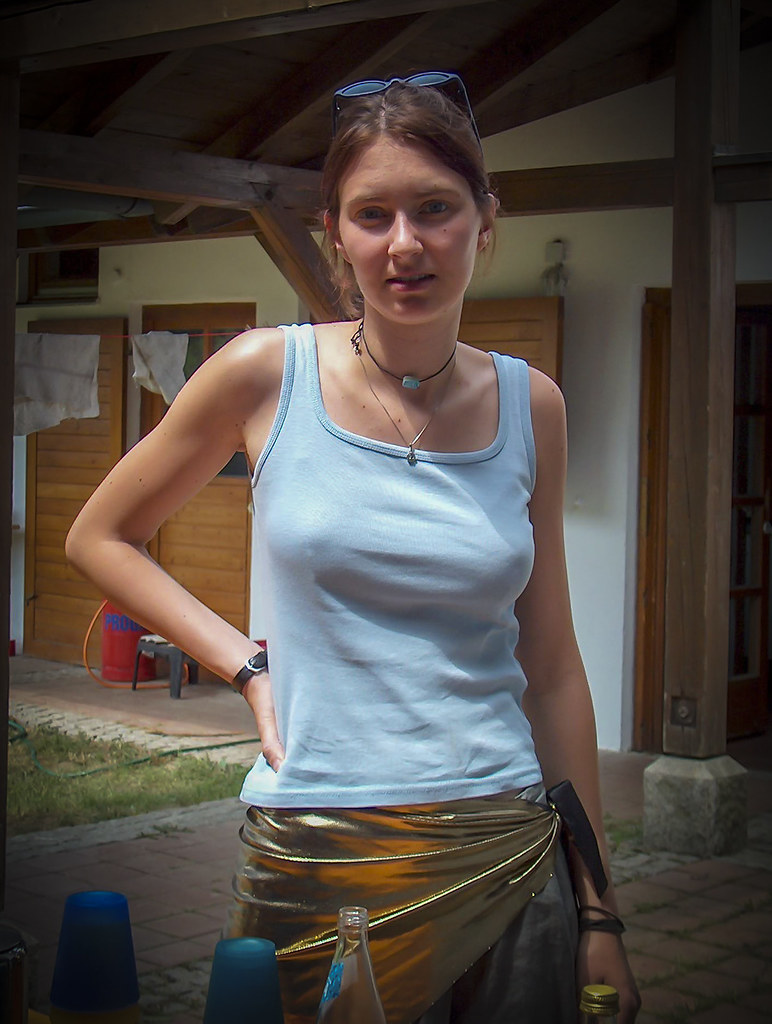

If the coronal suture closes asymmetrically or unilaterally, then the face and forehead will form unevenly, from side-to-side. In individuals with SCS, the coronal suture separating the frontal bones from the parietal bones, closes prematurely ( craniosynostosis), occasionally even before birth. The cranial sutures eventually close within the first couple of years following birth, after the brain has finished growing. However, the temporal and parietal bones are separated by sutures, which remain open, allowing the head to slightly change in shape during childbirth. Most of the bones of the cranium are permanently set into place prior to birth.

The cranium consists of three main sections including the base of the cranium ( occipital bone), the face ( frontal bone), and the top ( parietal bones) and sides ( temporal bone) of the head. Undescended testes ( cryptorchidism) Ĭauses Craniosynostosis.Malocclusion associated with dental abnormalities including enamel hypoplasia (thin enamel due to incomplete formation), hyperdontia (extra teeth), and peg teeth (small, abnormally shaped teeth).Beaked nose (slightly bent downward at tip) that is slightly off center and contains a deviated septum.Small, low-set ears that may be rotated somewhat backwards and has a prominent (bulging) pinna.Blepharophimosis (bilateral ptosis with reduced size of eyelid).Epicanthal folds (skin folds of the upper eyelid covering the inner corner of the eye).Downward slanting palpebral fissures (separation between upper and lower eyelids).Tear duct stenosis (narrowing of the tear duct).Vision problems due to abnormal facial anatomy, which causes mechanical disturbances of the extraocular muscles, resulting in strabismus (crossed eyes).


Cranial defects Ī diagram showing a complete cleft lip and palate More severe cases of SCS, with more serious facial deformities, occurs when multiple cranial sutures close prematurely. Although, most individuals with SCS are of normal intelligence, some individuals may have mild to moderate mental delays. In addition to the physical abnormalities, people with SCS also experience growth delays, which results in a relatively short stature. The majority of individuals with SCS are moderately affected, with uneven facial features and a relatively flat face due to underdeveloped eye sockets, cheekbones, and lower jaw. Most individuals with SCS live fairly normal lives, regardless of whether medical treatment is needed or not. Depending on the level of severity, some individuals with SCS may require some form of medical or surgical intervention. Individuals with more severe cases of SCS may have mild to moderate intellectual or learning disabilities. Individuals with SCS also have droopy eyelids ( ptosis), widely spaced eyes ( hypertelorism), and minor abnormalities of the hands and feet ( syndactyly). This affects the shape of the head and face, resulting in a cone-shaped head and an asymmetrical face. Saethre–Chotzen syndrome ( SCS), also known as acrocephalosyndactyly type III, is a rare congenital disorder associated with craniosynostosis (premature closure of one or more of the sutures between the bones of the skull). This condition is inherited in an autosomal dominant manner Dysostosis craniofacialis with hypertelorism.Acrocephaly, skull asymmetry, and mild syndactyly.


 0 kommentar(er)
0 kommentar(er)
